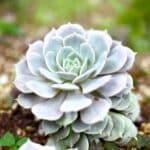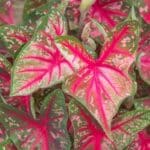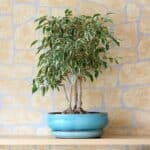The Cebu blue pothos and Philodendron are both climbing plants with similar vine-like features. But there are many features apart from a distinct plant you can choose as a houseplant depending on what you are looking for and the kind of indoor environment you intend to create.
Cebu has very waxy and broad leaves, which differs from the smooth texture and thin leaves philodendron offers.
They both make great indoor plants and could thrive in certain conditions that are peculiar to plant growth. If you've got to choose between Cebu blue pothos vs Philodendron, then check out this article before making a choice.
Table of Contents
What is Cebu Blue Pothos?
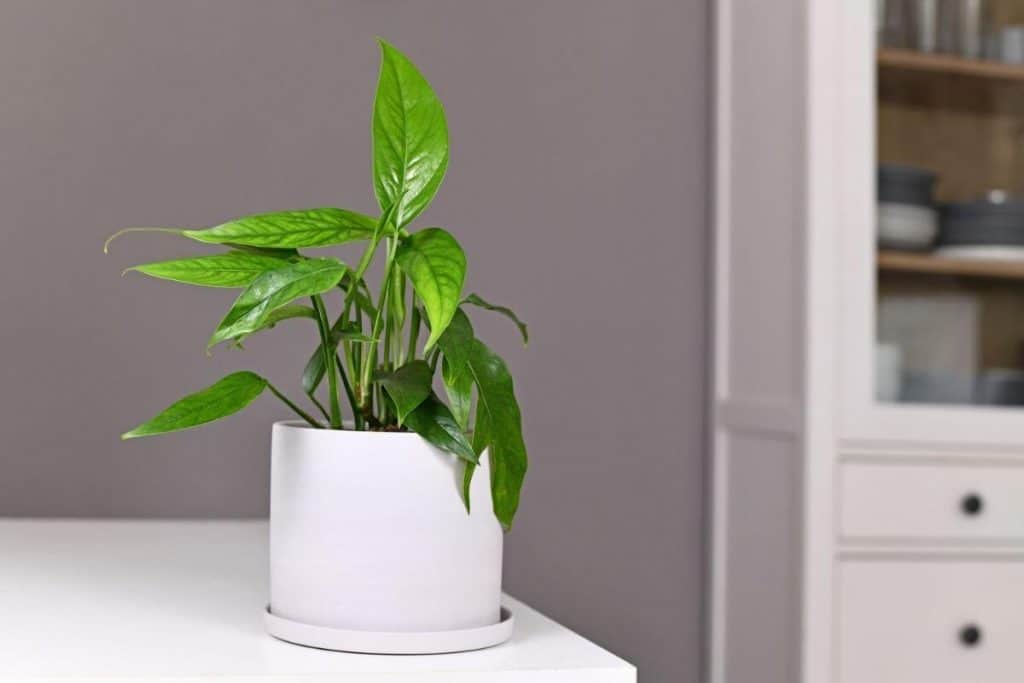
Cebu Blue Pothos, an alternative and more common name for the plant Epipremnum pinnatum, is a trendy and beautiful type of pothos.
This plant variant has a descriptive silvery-blue, sparkling and shiny pattern on its leaves that shows up spectacularly under the right lighting conditions.
This ability to light up is one reason why many people have adopted the use of the Cebu Blue pothos in their indoor gardens.
Having been called several other names like Centipede Tongavine, Devil's Ivy, Dragon-tail plant, and Schindapsus Aureum, it belongs to the Epipremnum genus, from whence it gains its pothos association.
It is an epiphytic plant that likes to grow on other plants. This "latch-on" practice makes it a welcome sight to the eyes in any garden, indoors or outdoors.
This well-known member of the Araceae family gets its name from an island in the Philippines called the Cebu Island. This plant, notorious for its ability to crawl and climb, is commonly found on the Island and in many other countries, both in Asia and some parts of Europe.
It has also been found to be existent in certain regions of Australia. This is since this plant has a high capacity for adaptation anywhere, as it can flourish both indoors and outdoors and does require little maintenance.
Related Post: Difference Between Philodendron Hope and Selloum
What is Philodendron?
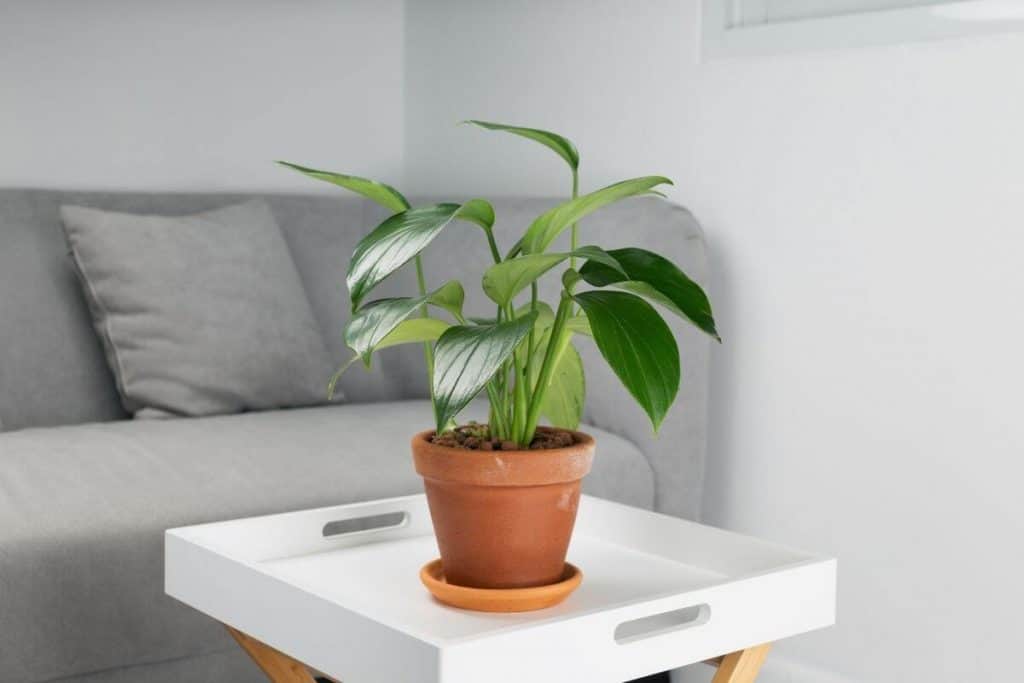
Philodendrons, sister members of the same Araceae family as the Cebu Blue pothos, is a green flowering plant with huge leaves, which have deep cuts or lobes, and can be any form of oval, spear-headed, or pointed in shape.
With leaves that are relatively thick and leathery, there is little to no evaporation of moisture, which in turn means it would require a relatively small amount of water.
It is a classic houseplant that is native to tropical rainforests, where they climb up trees. This climbing feature is one of many that distinguish Philodendrons from other family members.
One of these was that they do not have a single type of leaf on the same plant but have both juvenile leaves and adult leaves, which can be very different from one another.
The juvenile leaves are usually heart-shaped early in the life of the plant. But as it matures beyond the juvenile stage, the leaves' shape and size will change dramatically.
Cebu Blue Pothos Vs Philodendron
| Cebu Blue Pothos | Philodendrons | |
| 1. | Cebu Blue plants have leaves with a silver or white coloration | Philodendrons have entirely green leaves |
| 2. | The Cebu Blue plant is epiphytic | The Philodendron leaves can be oval, spear-shaped or they could be in many other possible shape variations |
| 3. | The optimal humidity level for this plant is around 70%, while the optimal temperature range is from 16 -32 degrees Celsius | Philodendrons have both aerial and subterranean roots |
| 4. | A Cebu Blue pothos has a hard-rough stem | A Philodendron has thin leaves with smooth textures |
| 5. | They can grow from 4 to 40 feet tall. | Philodendrons produce cataphylls, which are modified leaves that serve the purpose of surrounding and protecting the newly formed leaves. |
| 6. | They have two different stages: the juvenile and the adult (mature) stages | The Philodendron roots can grow in groups of between 2 to 6 and are thin and spindly |
| 7. | When mature, the Cebu Blue’s leaves look much like a palm tree’s branches. | They can thrive both in an environment with much exposure to light and little exposure to sunlight |
| 8. | They have a structure similar to that of the vine, as the leaves are long and arrowed-shaped | The Philodendron is a flowering plant |
| 9. | They can grow even in areas with low access to sunlight | There are two types of Philodendron: the climbing type and the upright type. |
| 10. | The Cebu Blue does not have variegation in its foliage, and it is valued for its leaves, as it does not bear flowers | The Philodendron is a poisonous plant to both man and pests, and it can cause a burning sensation on the tongue or lips and throat, which can eventually lead to swelling of the lips and throat |
Related Post: Difference Between Philodendron and Monstera
Similarities Between Cebu Blue Pothos and Philodendron
- Both the Cebu Blue pothos and the Philodendron are vine-like climbing plants.
- Both are house plants and grow in similar ways.
- Both require little to no maintenance, as they are very easy to grow and maintain.
- Both plants are beautiful and have outstanding aesthetics.
- Both Cebu Blue pothos and the Philodendron act as living air purifiers and refreshers, helping remove toxins like trichloroethylene and formaldehyde.
- Both of them have a high rate of adaptation, as they can live both outdoors and indoors.
- Both require little moisture.
- Cebu Blue pothos and the Philodendron both have aerial roots that climb and absorb nutrients and moisture from the air.
- Both the plants tend to thrive better in tropical climates.
- Both have shiny foliage, which makes them attractive to home décor planners.
Differences Between Cebu Blue Pothos and Philodendron
- The Cebu Blue Pothos has thick leaves, have a waxy feel, while the Philodendron has thinner leaves with a smooth texture.
- The Cebu Blue Pothos have flowers that range from green and purple to yellow. The Philodendron, on the other hand, has green flowers all year long.
- The Cebu Blue Pothos can retain water longer, making it more drought-tolerant as compared to Philodendron. The Philodendron does not retain water for a longer time, making it less drought-resistant.
- The Philodendron has a heart-shaped curve on its leaves, something that the Cebu Blue Pothos does not have.
- · The petiole on the Cebu Blue Pothos leaf is slightly indented and is not fully round. The Philodendrons, on the other hand, have very round and uniform petioles.
- The stem on the Cebu Blue Pothos is thicker than that on the Philodendron. Also, the stem for the pothos has the same color as its leaves, which is different for the Philodendron, as at times, it can be brownish or reddish.

